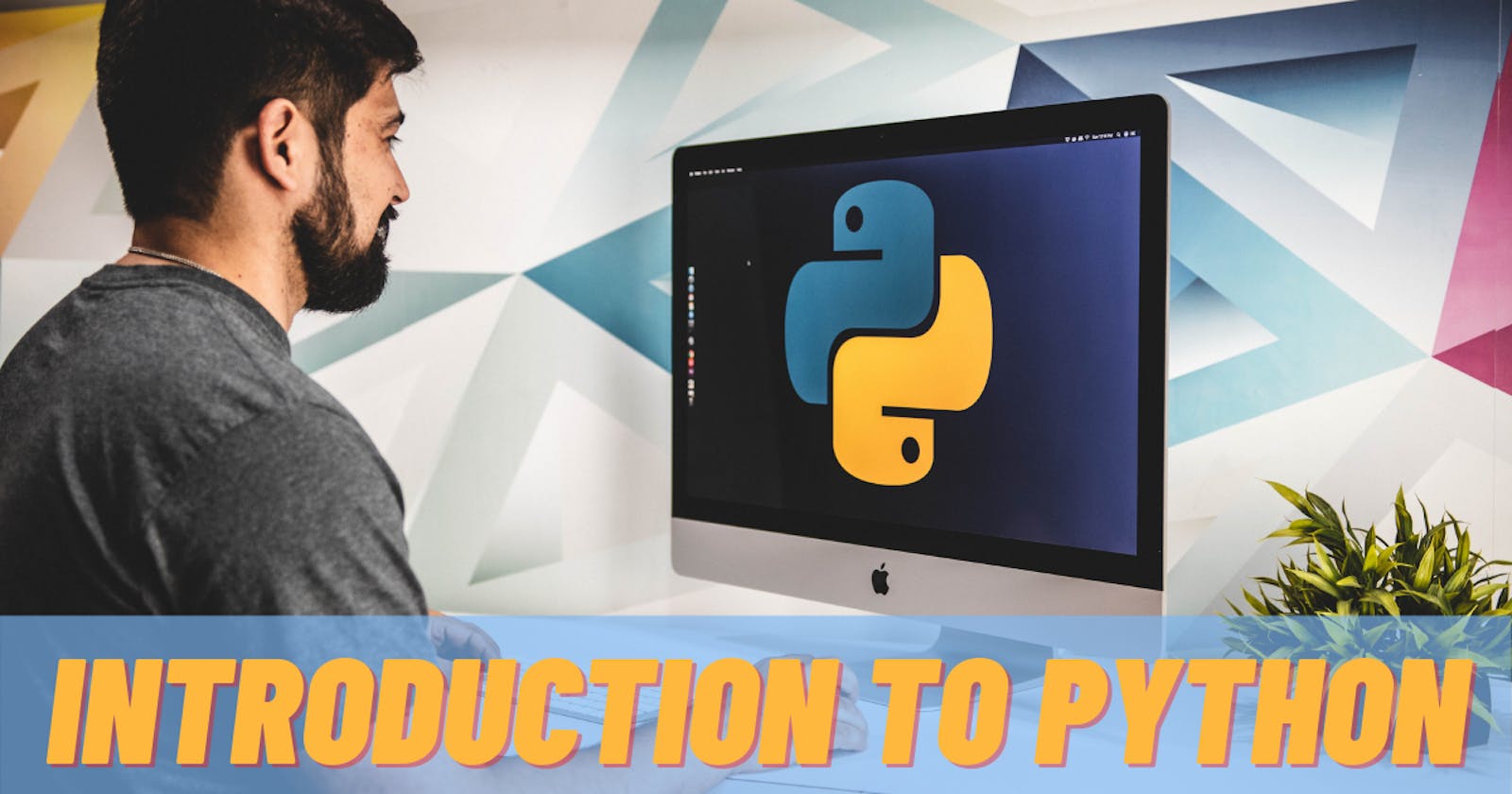Why Python?
Python is known to be one of the easiest programming languages to learn because its syntax is very simple. The Syntax is almost similar to English. It usually takes lesser lines of code than other languages to accomplish a task.
Let us compare the syntax and lines of Code
Hello world code in Java :
class Simple{
public static void main(String args[]){
System.out.println("Hello World");
}
}
Hello world code in C :
#include <stdio.h>
int main() {
printf("Hello, World!");
return 0;
}
Hello world code in C++ :
#include <iostream>
using namespace std;
int main() {
cout << "Hello, World!" << endl;
return 0;
}
Hello world in C# :
using System;
internal static class HelloWorld {
private static void Main() {
Console.WriteLine("Hello, World!");
}
}
Hello world in Objective-C
#import <Foundation/Foundation.h>
int main() {
@autoreleasepool {
NSLog(@"Hello, World!");
}
}
Hello world in Visual Basic
Public Sub Main()
Debug.Print "Hello, World!"
End Sub
Hello world in Scala
object HelloWorld extends App {
println("Hello, World!")
}
Hello world in Rust
fn main() {
println("Hello, World!");
}
Hello world in Dart
main() {
print('Hello, World!');
}
Hello world in Kotlin
fun main(args: Array<String>) {
println("Hello, World!")
}
Hello world in Python
print("Hello World")
3 to 5 lines of code are simplified into just one single line. This is just a basic example. You save a lot of typing work in real-time works.
History of Python
Python laid its foundation in the late 1980s. The implementation of Python was started in December 1989 by Guido Van Rossum at CWI in Netherland. In February 1991, Guido Van Rossum published the code (labeled version 0.9.0) to alt.sources. In 1994, Python 1.0 was released with new features like lambda, map, filter, and reduce.
There is a fact behind choosing the name Python. Guido van Rossum was reading the script of a popular BBC comedy series "Monty Python's Flying Circus". It was the late on-air 1970s.
Van Rossum wanted to select a name which unique, sort, and a little bit mysterious. So he decided to select naming Python after the "Monty Python's Flying Circus" for their newly created programming language.
The comedy series was creative and well random. It talks about everything. Thus it is slow and unpredictable, which made it very interesting.
Python is also versatile and widely used in every technical field, such as Machine Learning, Artificial Intelligence, Web Development, Mobile Application, Desktop Application, Scientific Calculation, etc.
Python programming language is being updated regularly with new features and supports. There are lots of updates in Python versions, started from 1994 to the current release.
A list of Python versions with their released date is given below.
| Python Version | Released Date |
| Python 1.0 | January 1994 |
| Python 1.5 | December 31, 1997 |
| Python 1.6 | September 5, 2000 |
| Python 2.0 | October 16, 2000 |
| Python 2.1 | April 17, 2001 |
| Python 2.2 | December 21, 2001 |
| Python 2.3 | July 29, 2003 |
| Python 2.4 | November 30, 2004 |
| Python 2.5 | September 19, 2006 |
| Python 2.6 | October 1, 2008 |
| Python 2.7 | July 3, 2010 |
| Python 3.0 | December 3, 2008 |
| Python 3.1 | June 27, 2009 |
| Python 3.2 | February 20, 2011 |
| Python 3.3 | September 29, 2012 |
| Python 3.4 | March 16, 2014 |
| Python 3.5 | September 13, 2015 |
| Python 3.6 | December 23, 2016 |
| Python 3.7 | June 27, 2018 |
| Python 3.8 | October 14, 2019 |
| Python 3.9 | October 5, 2020 |

